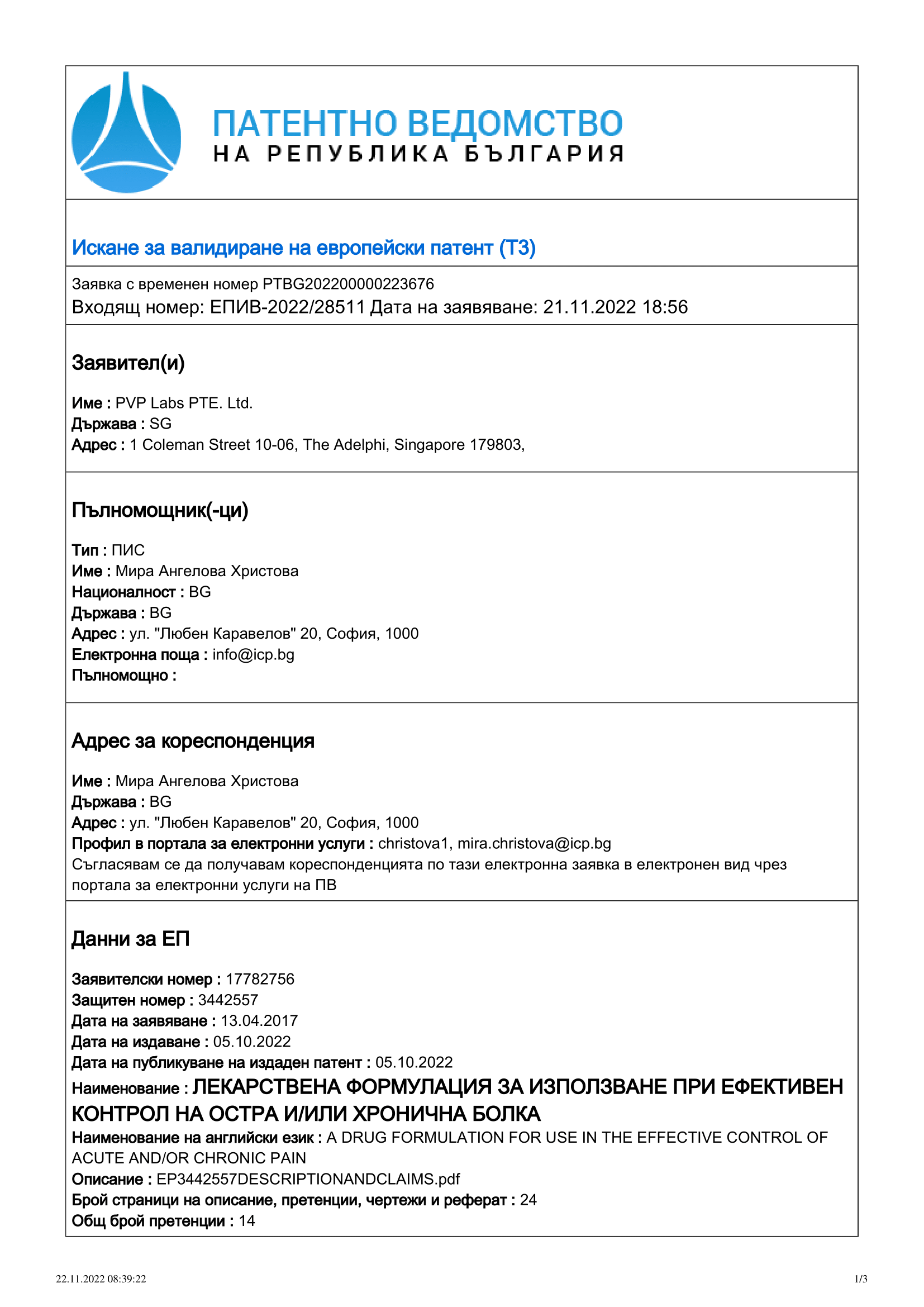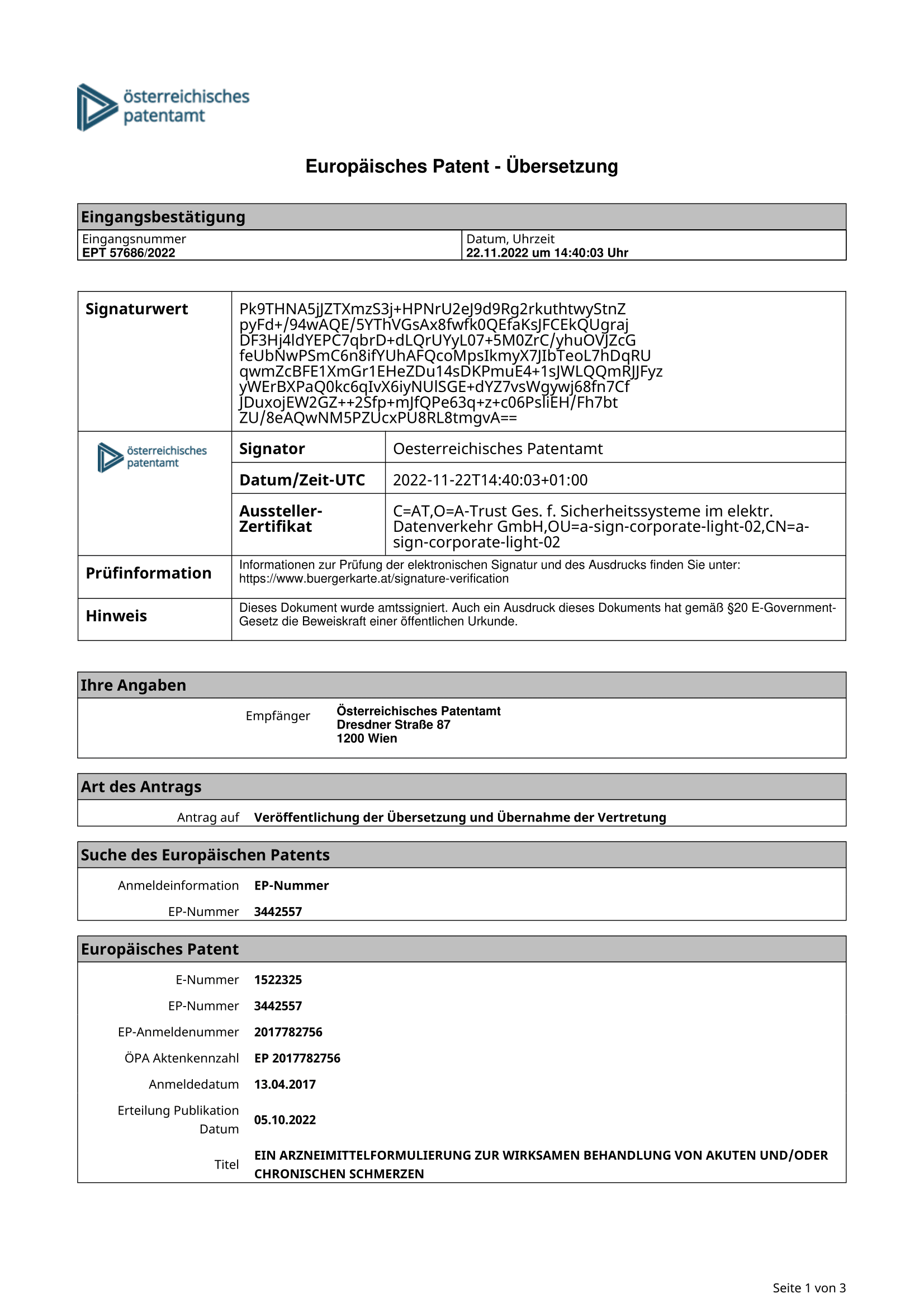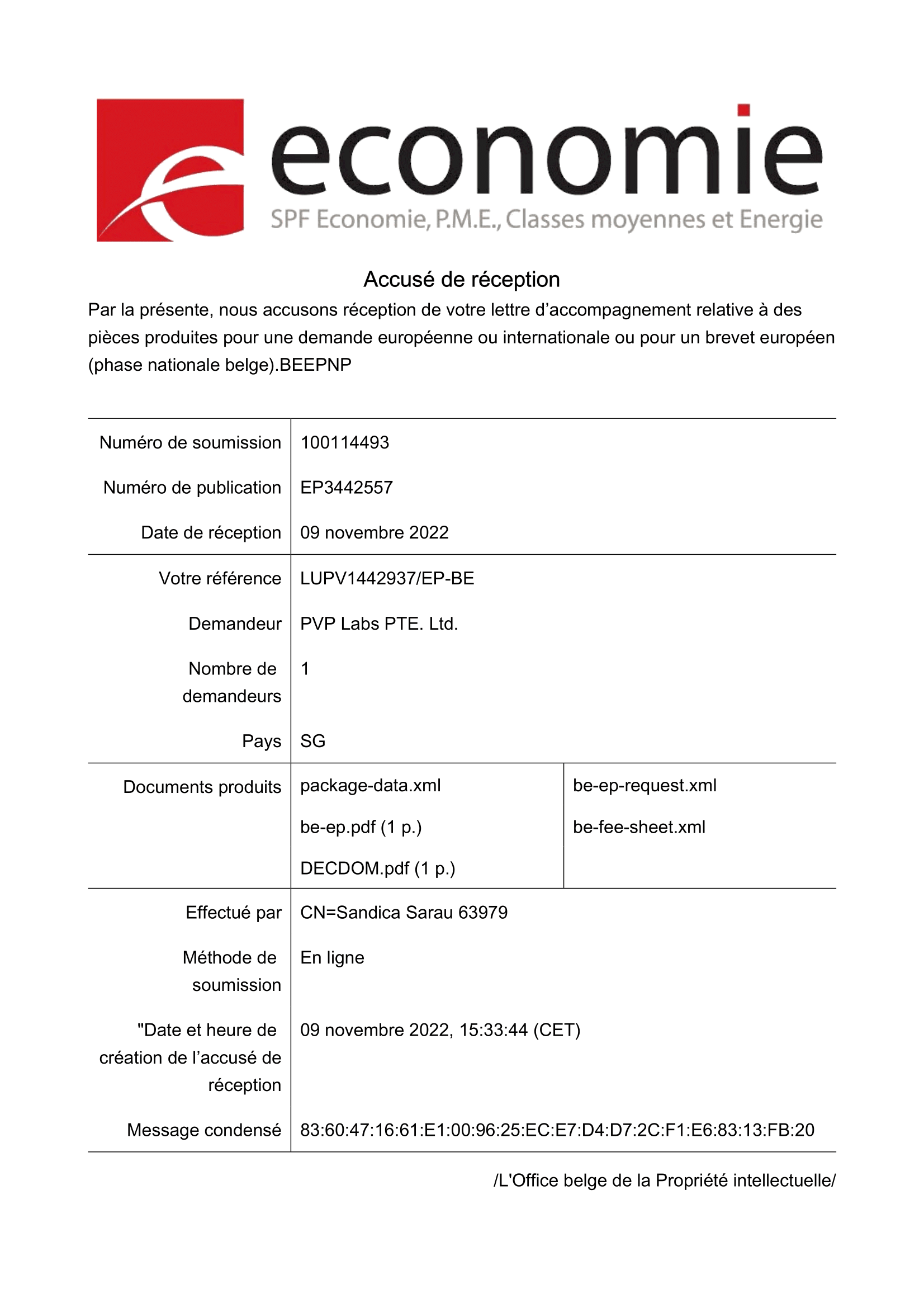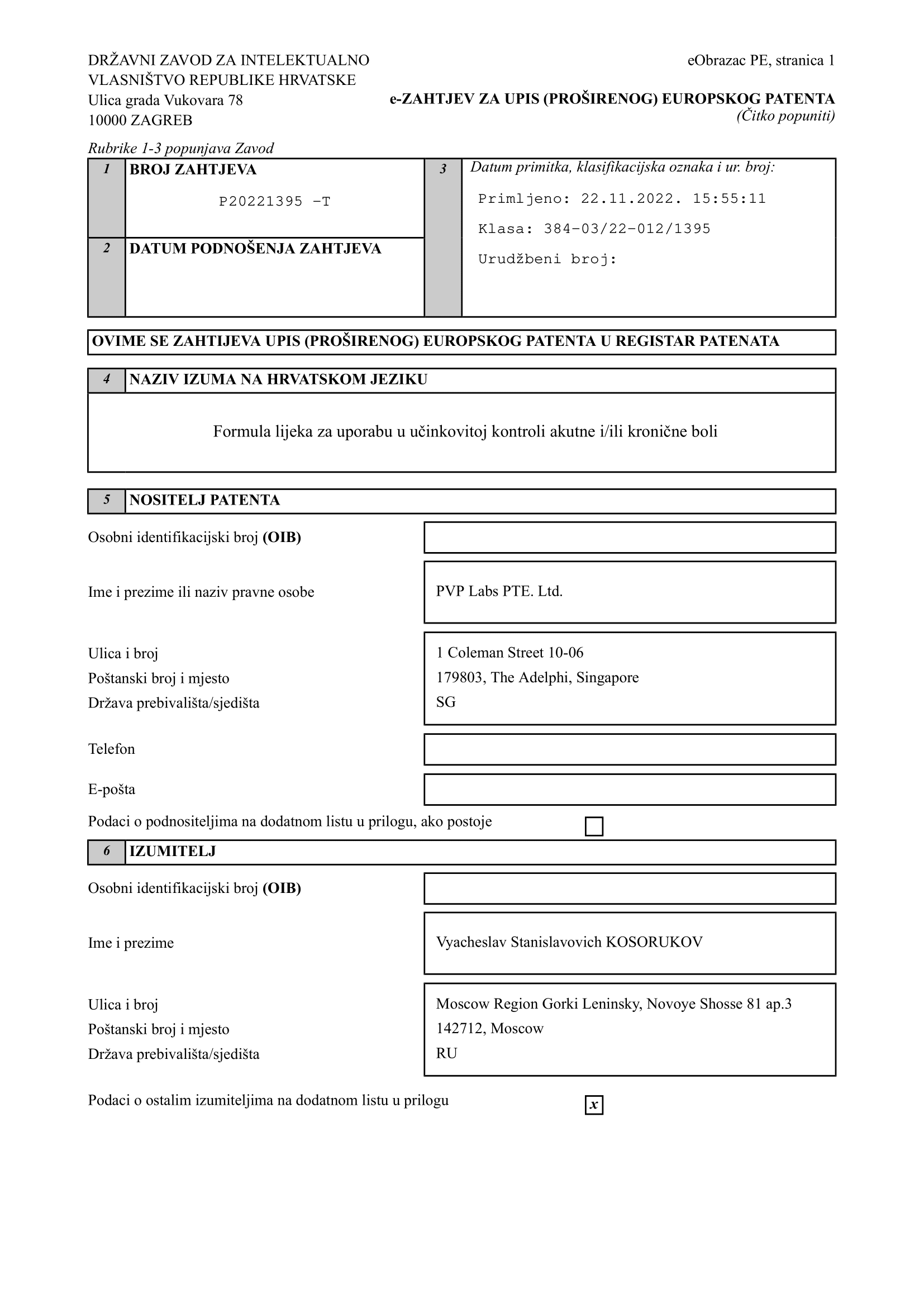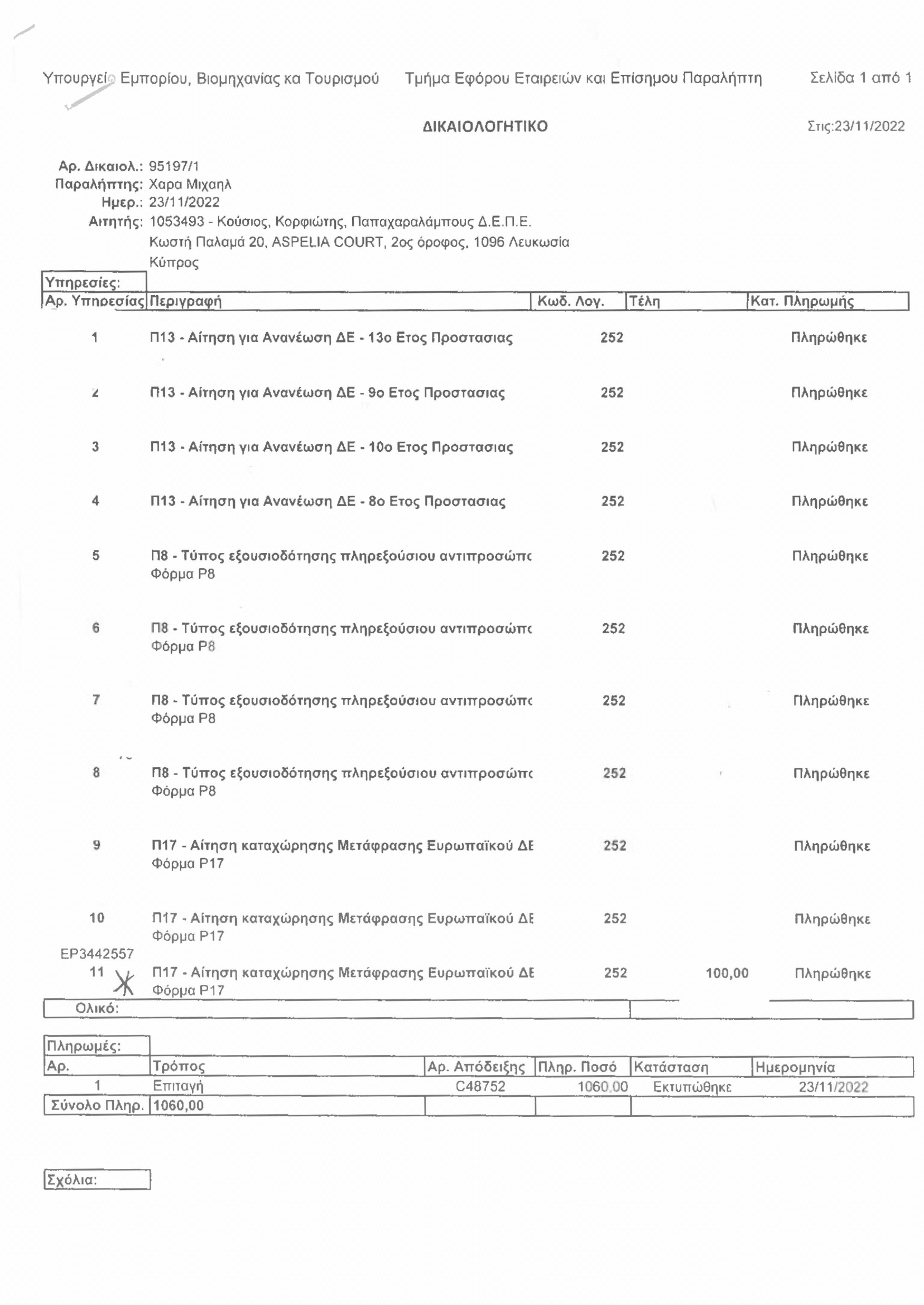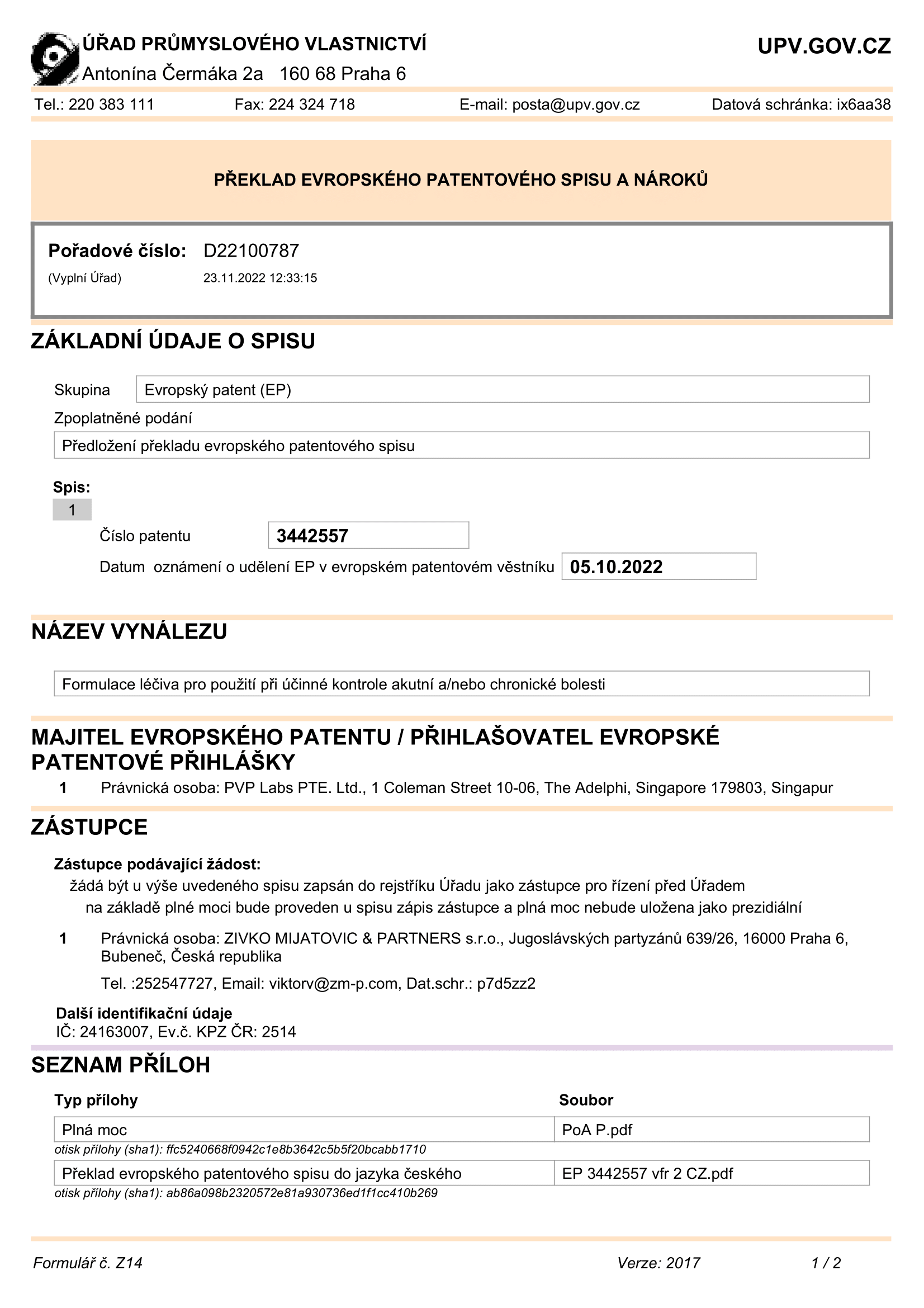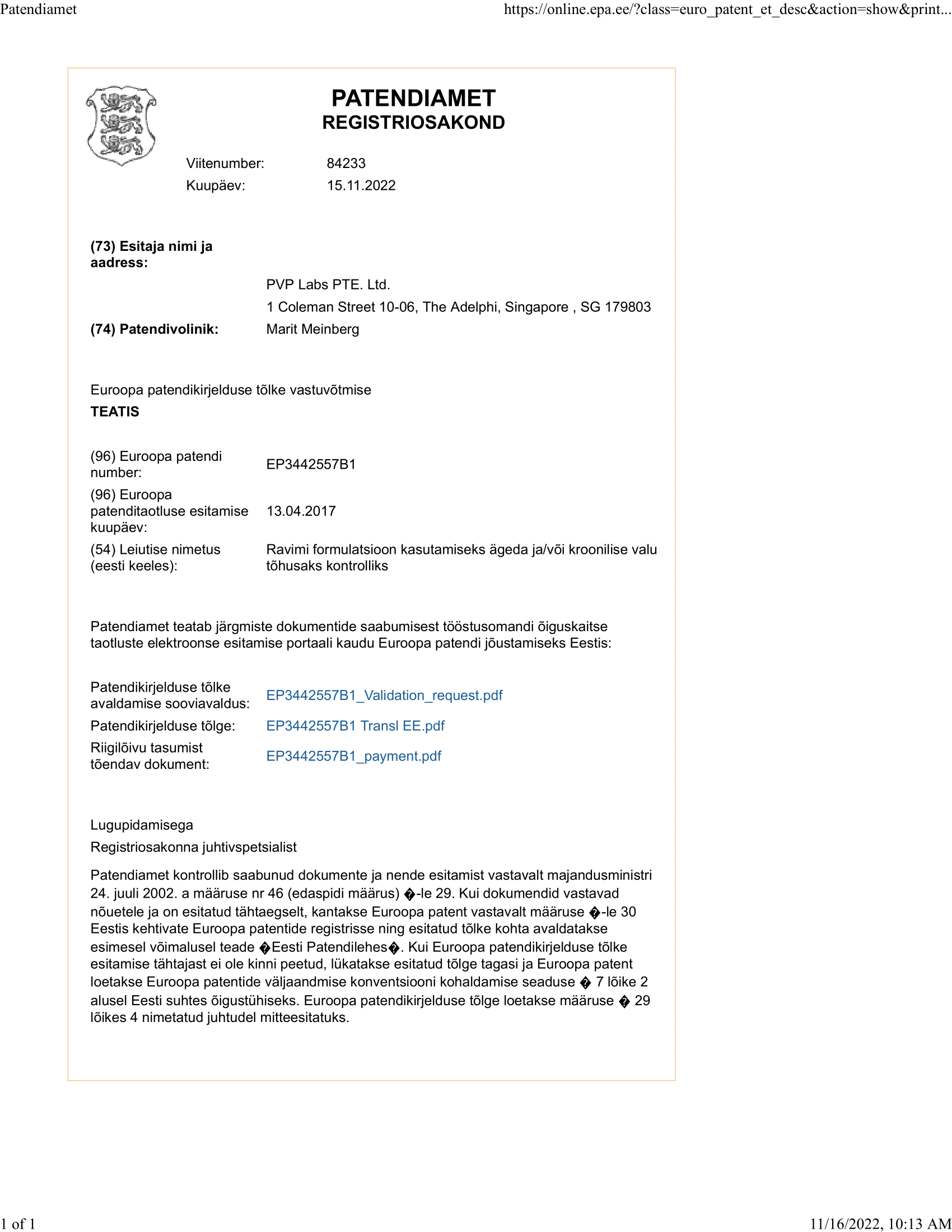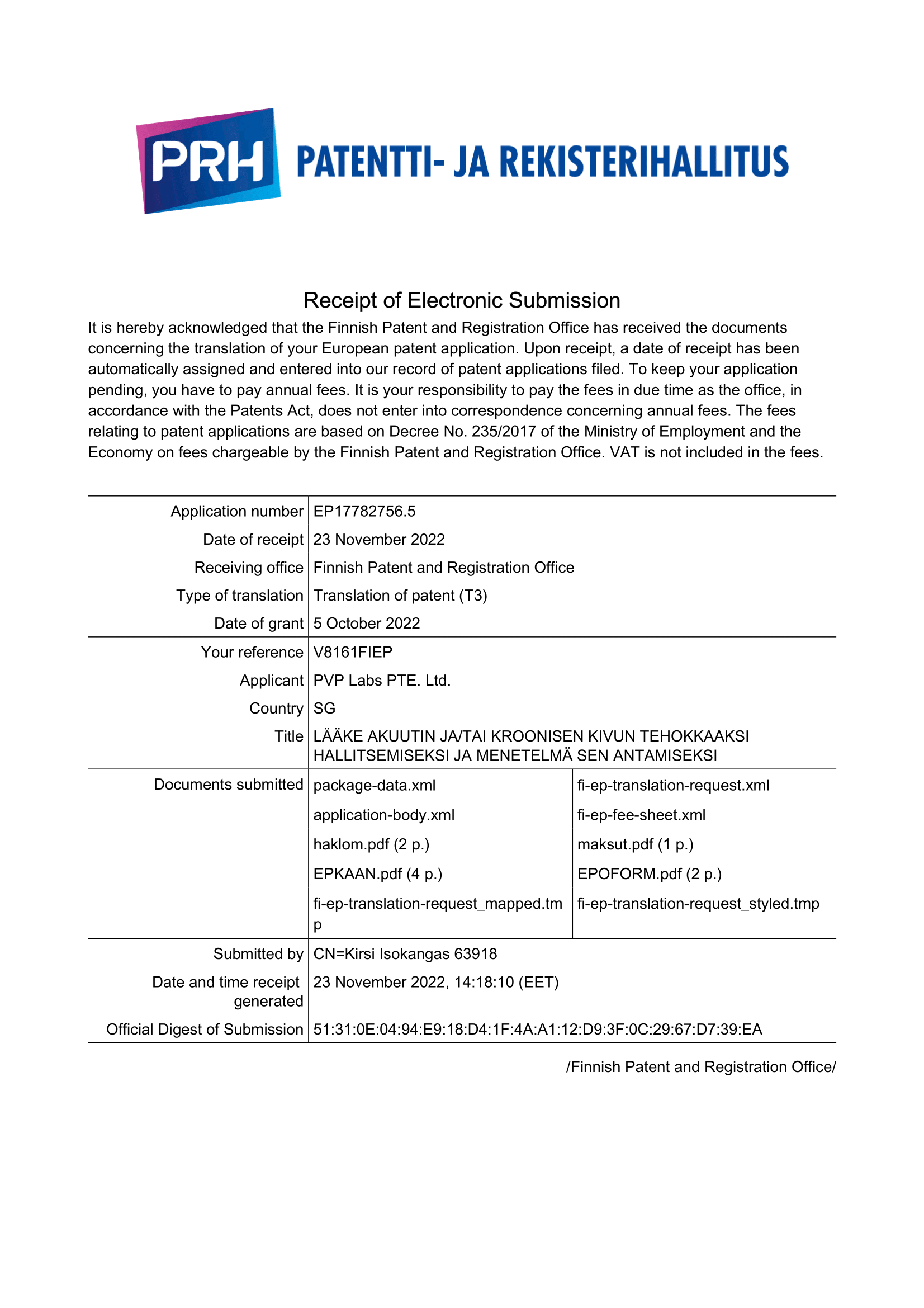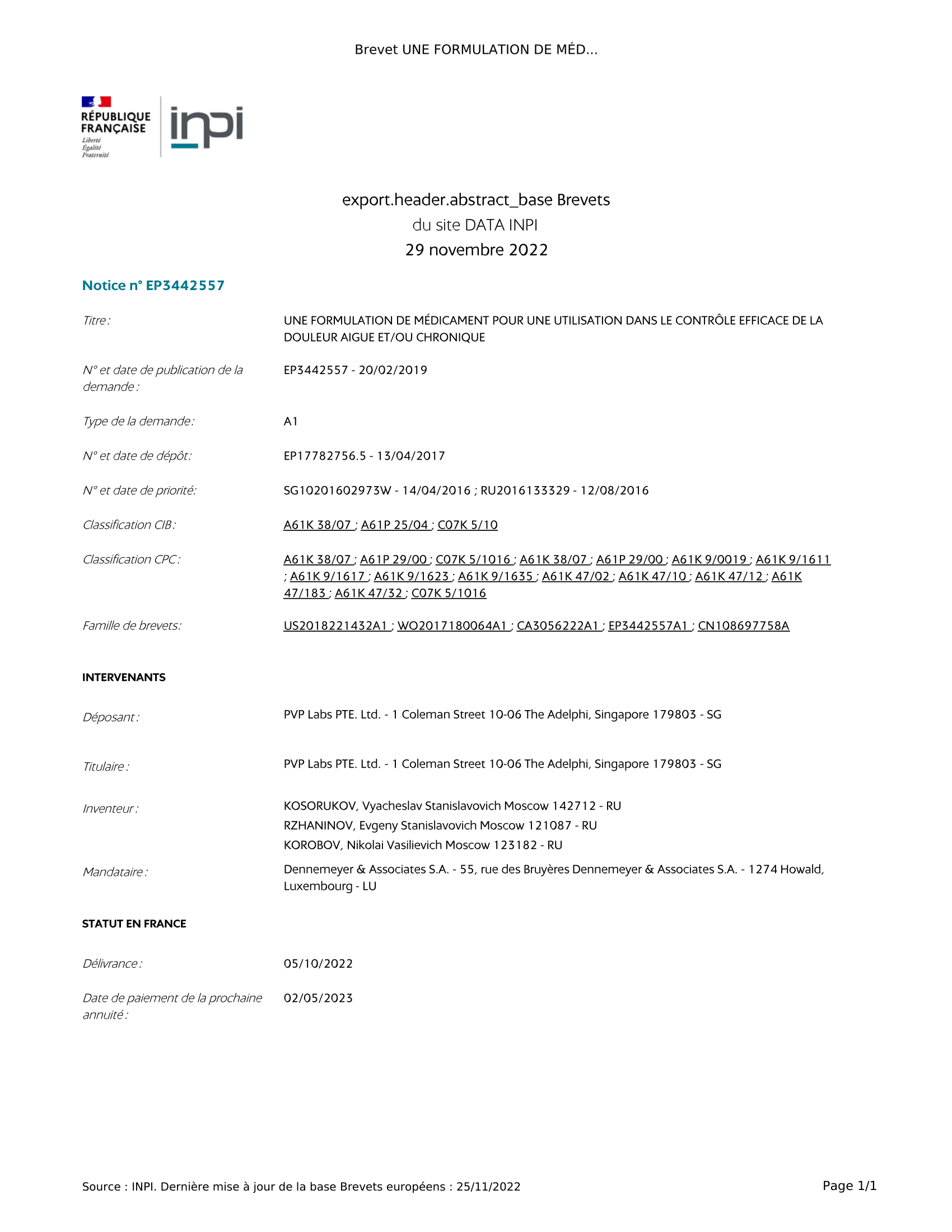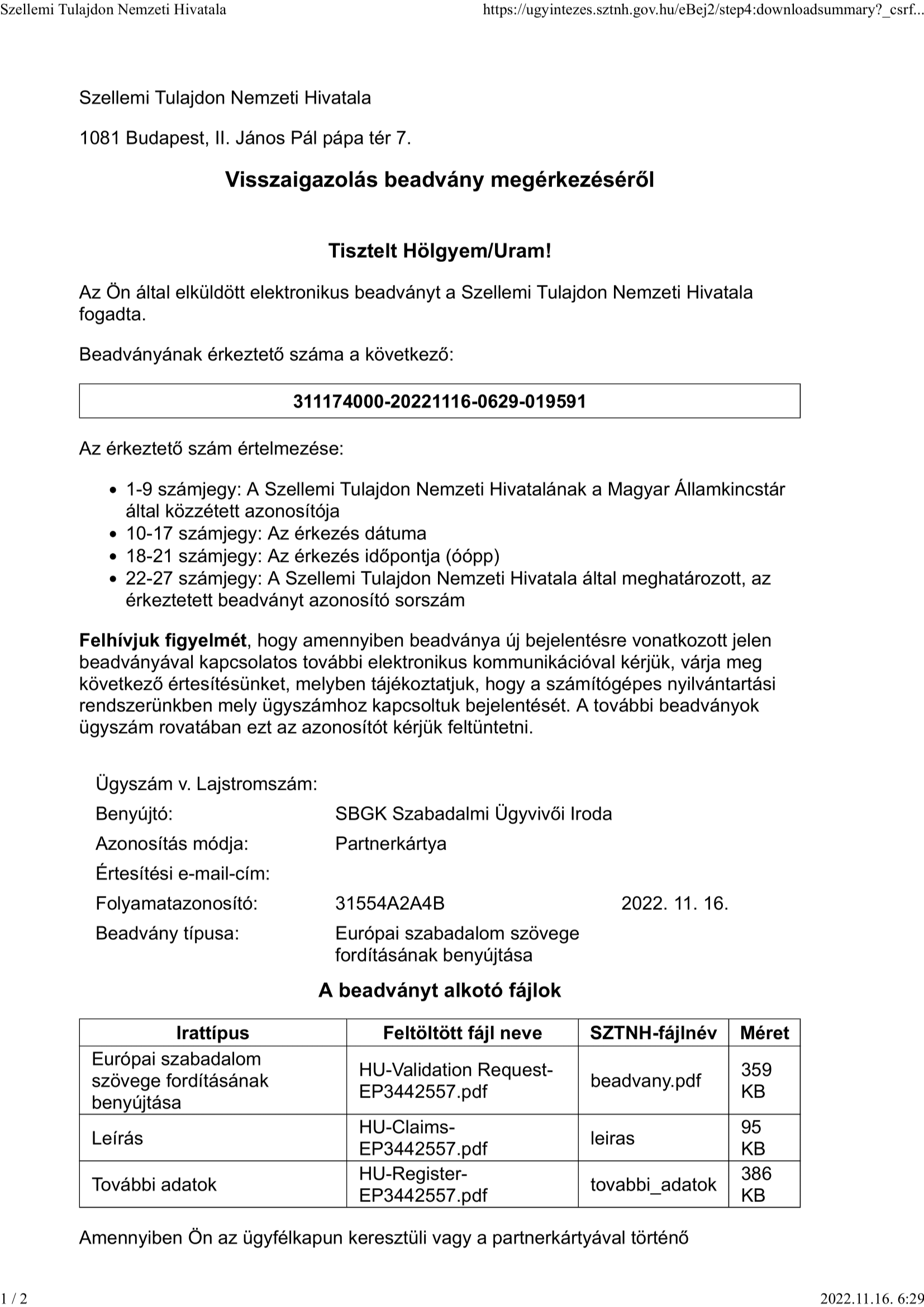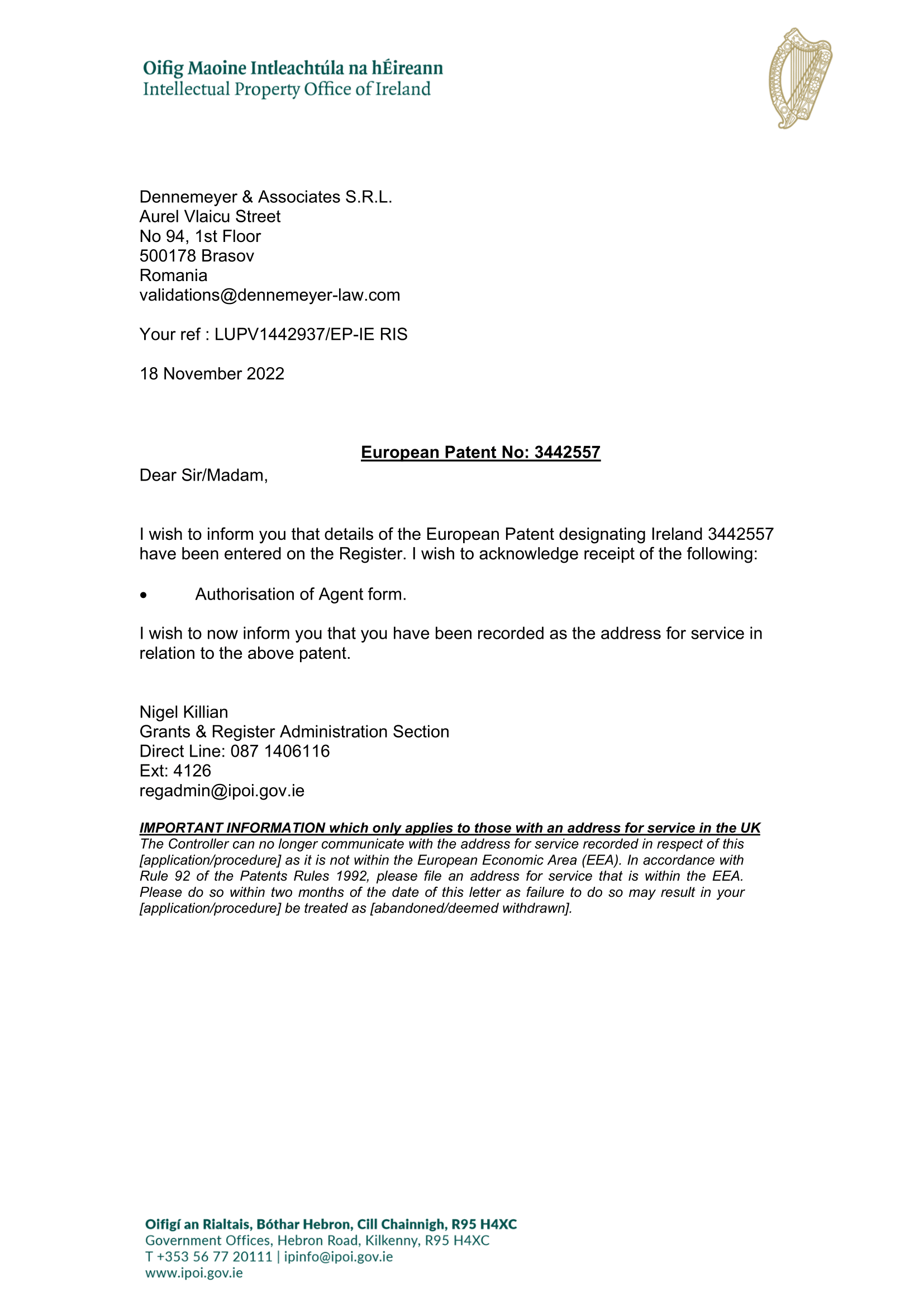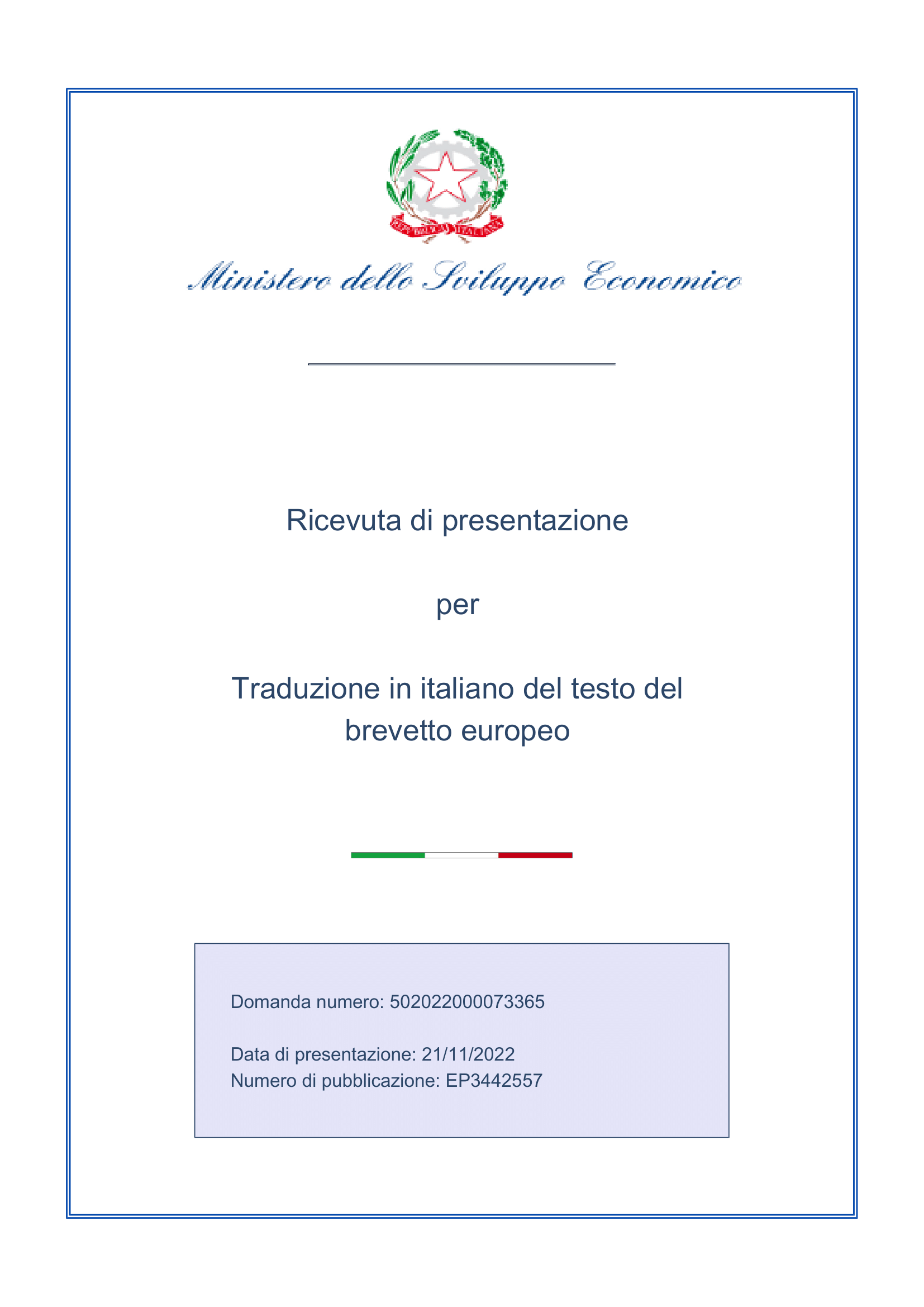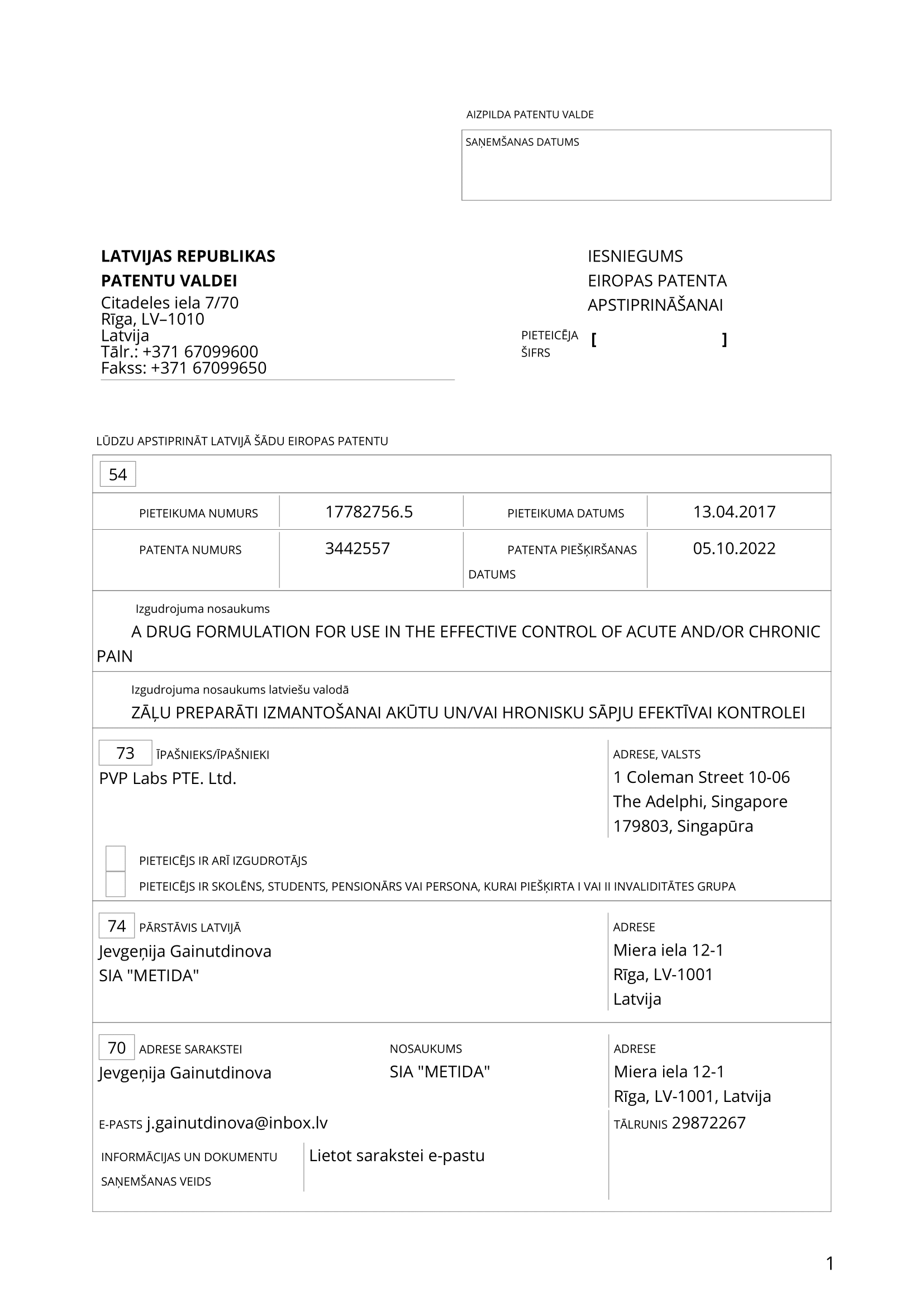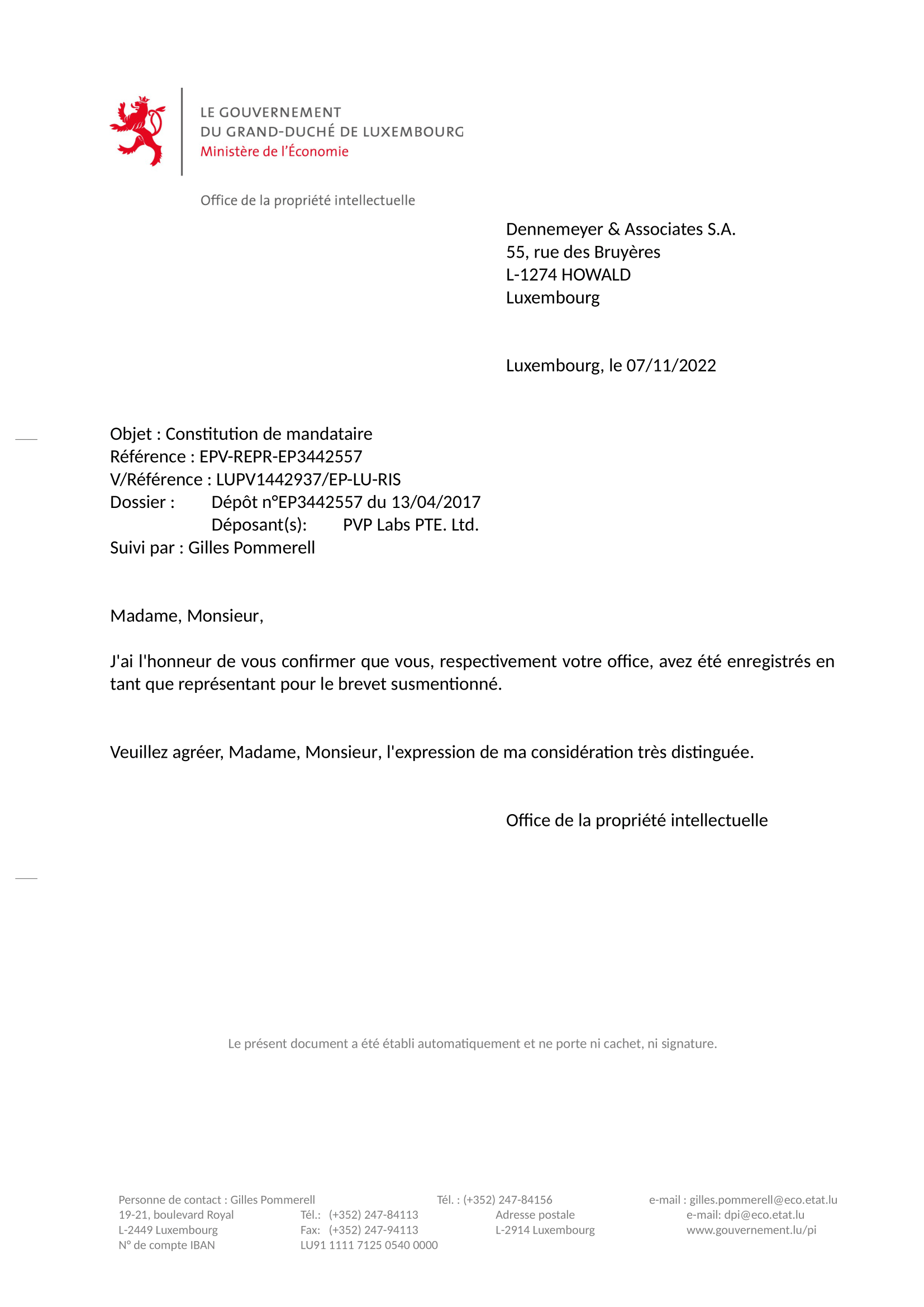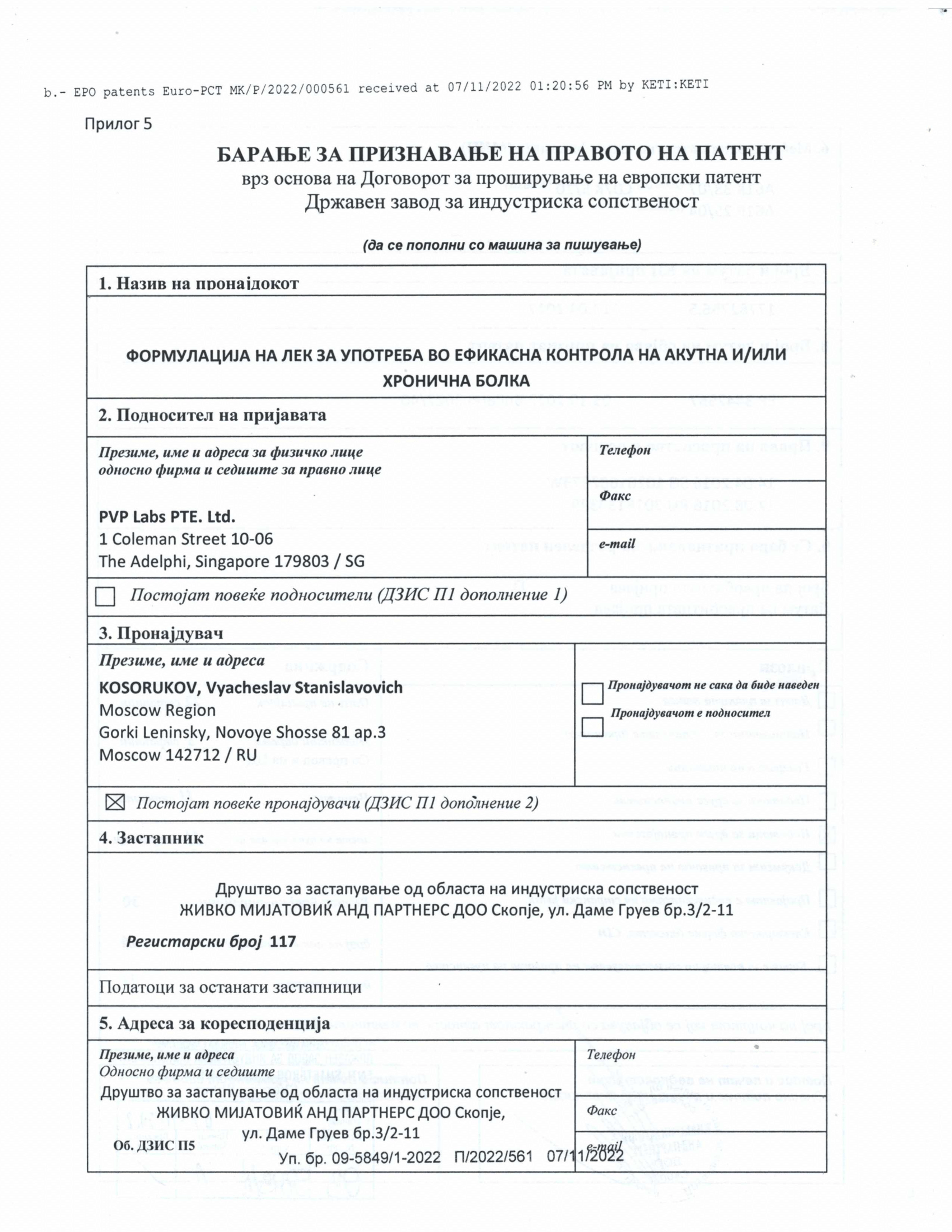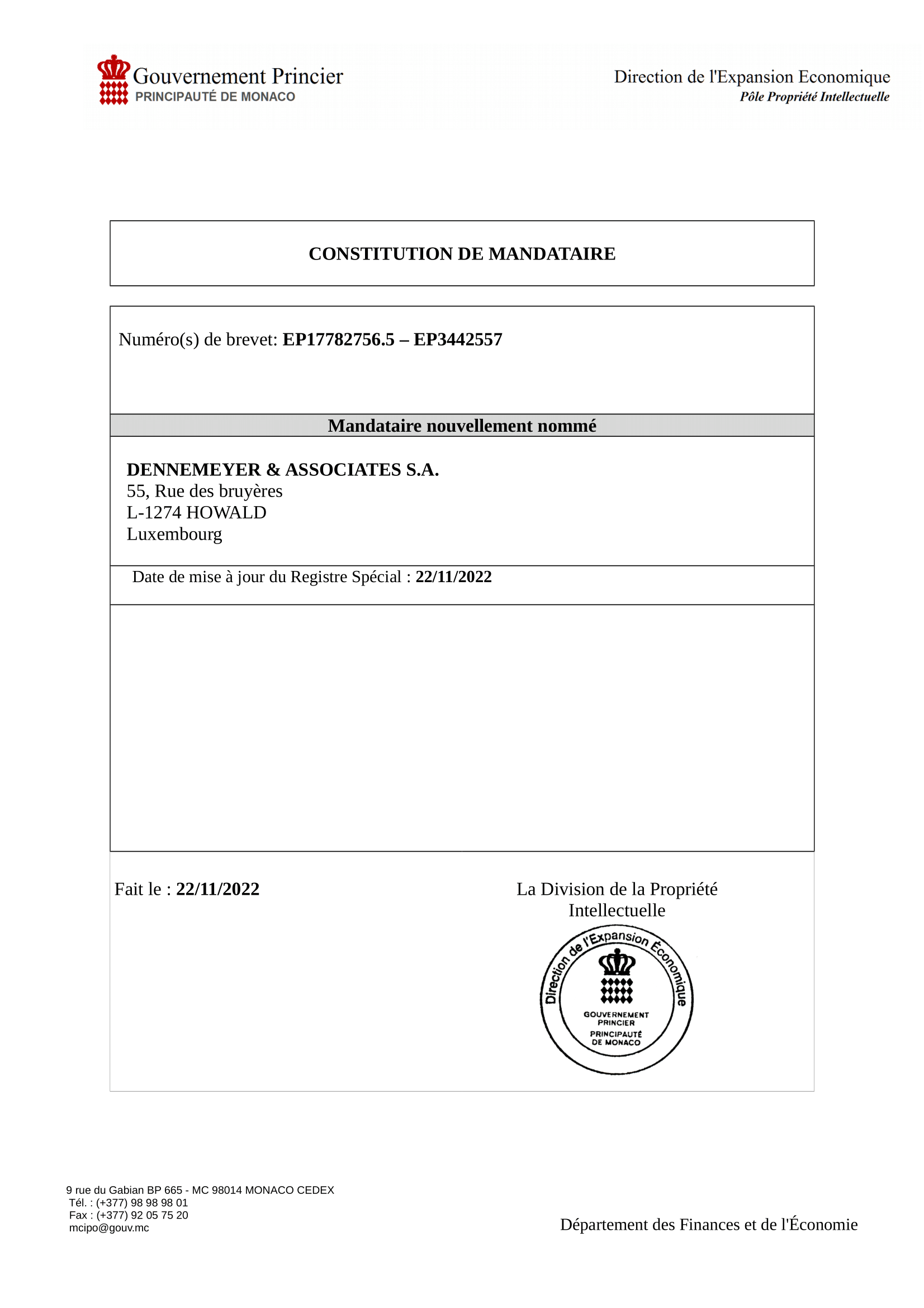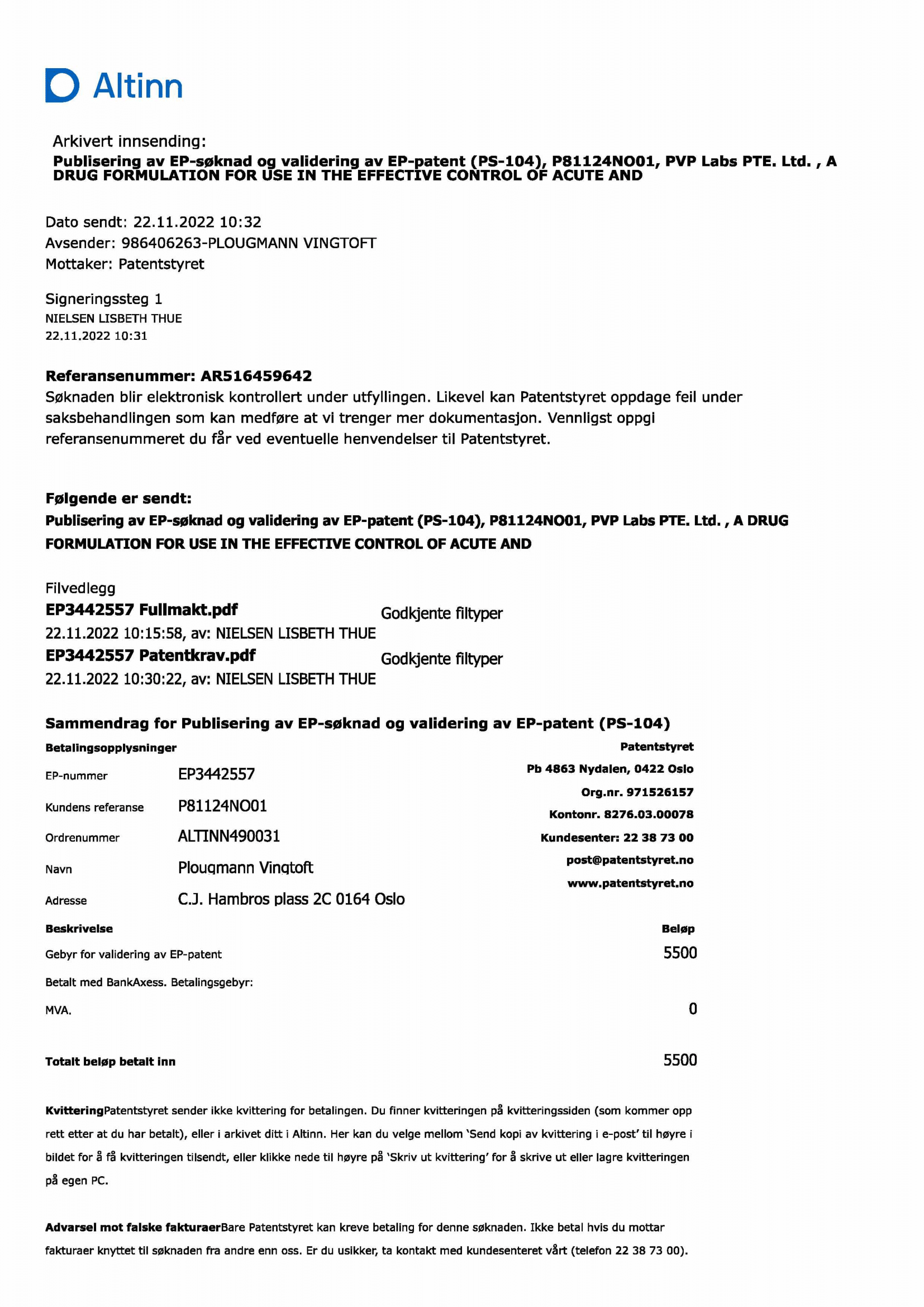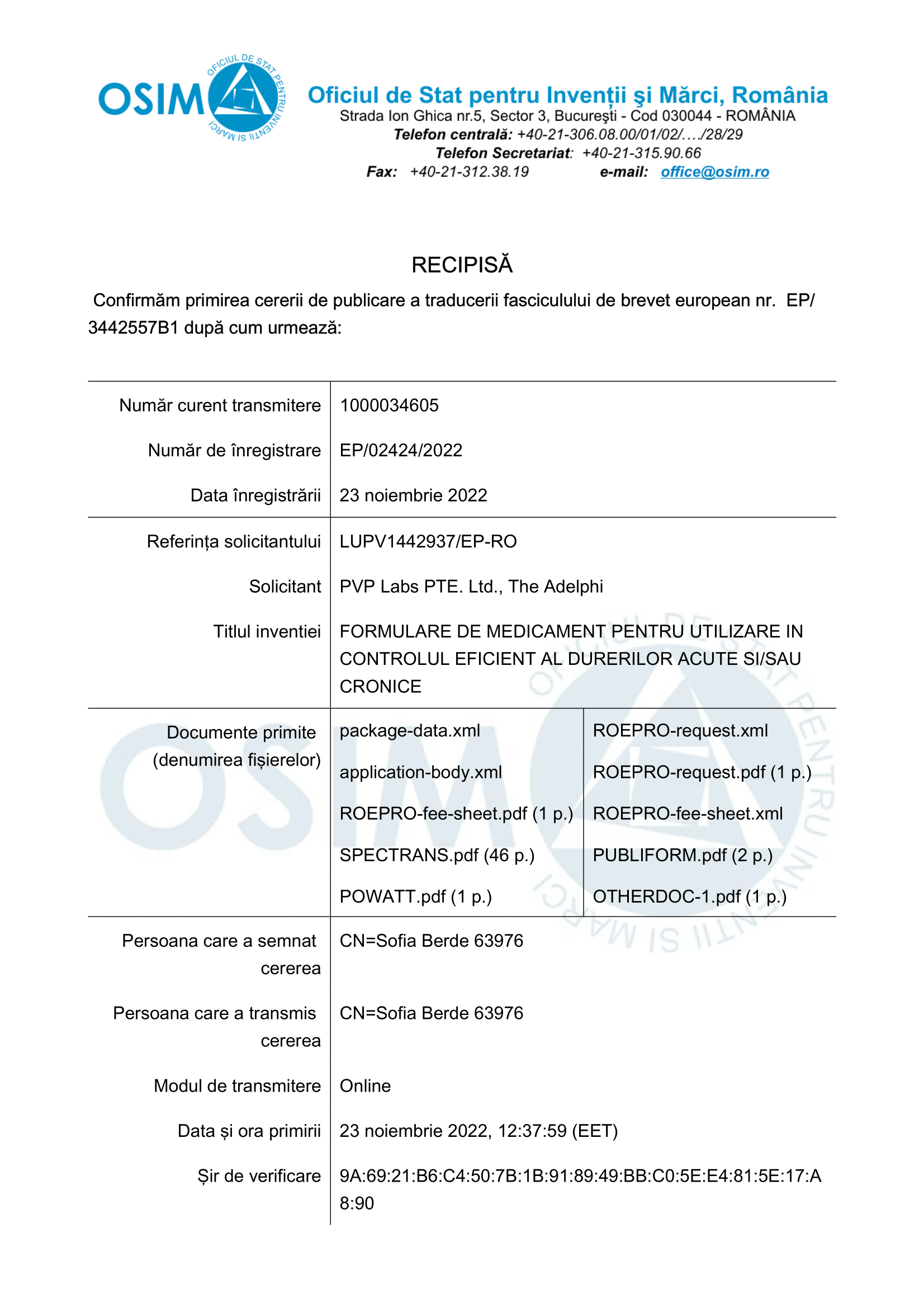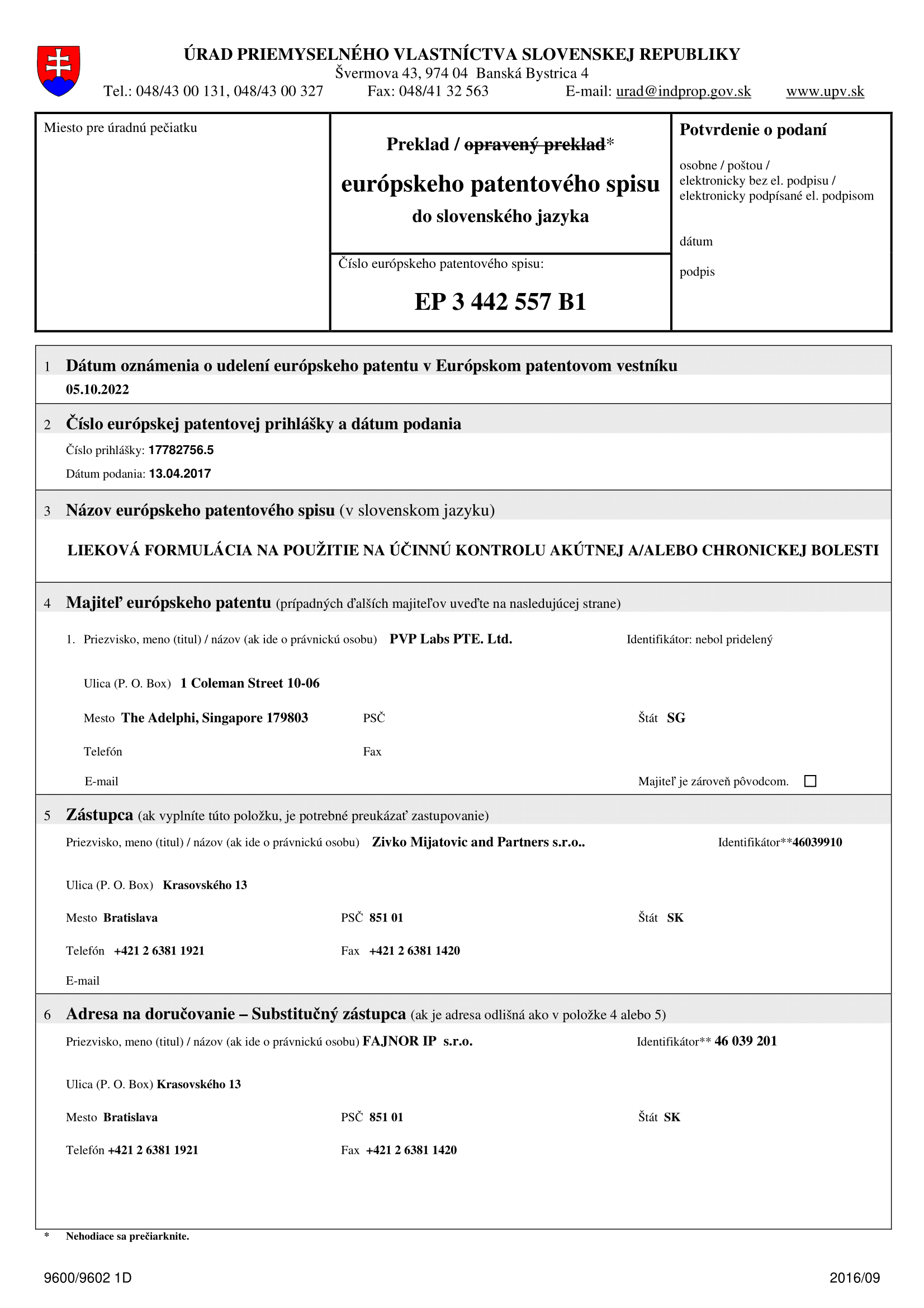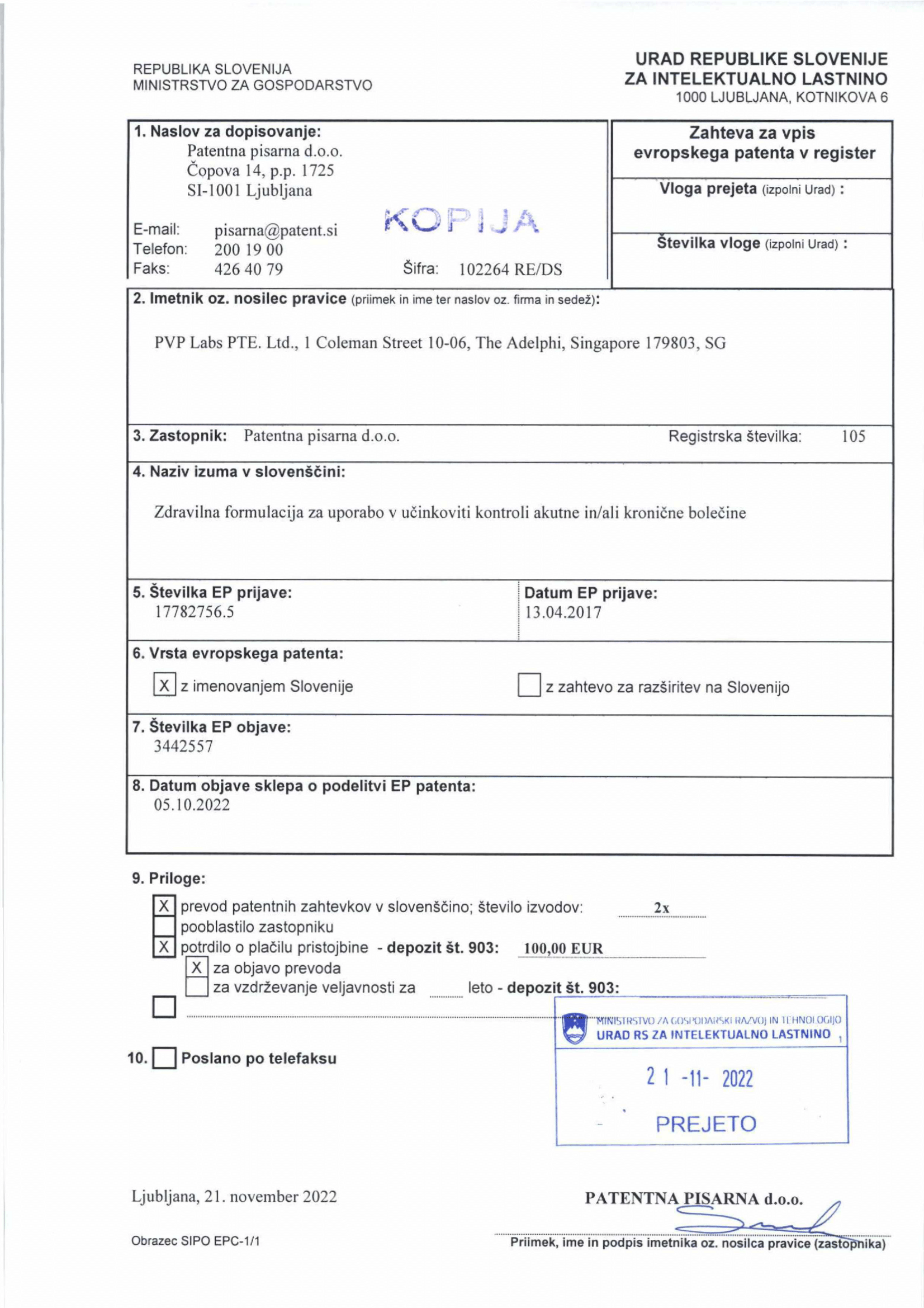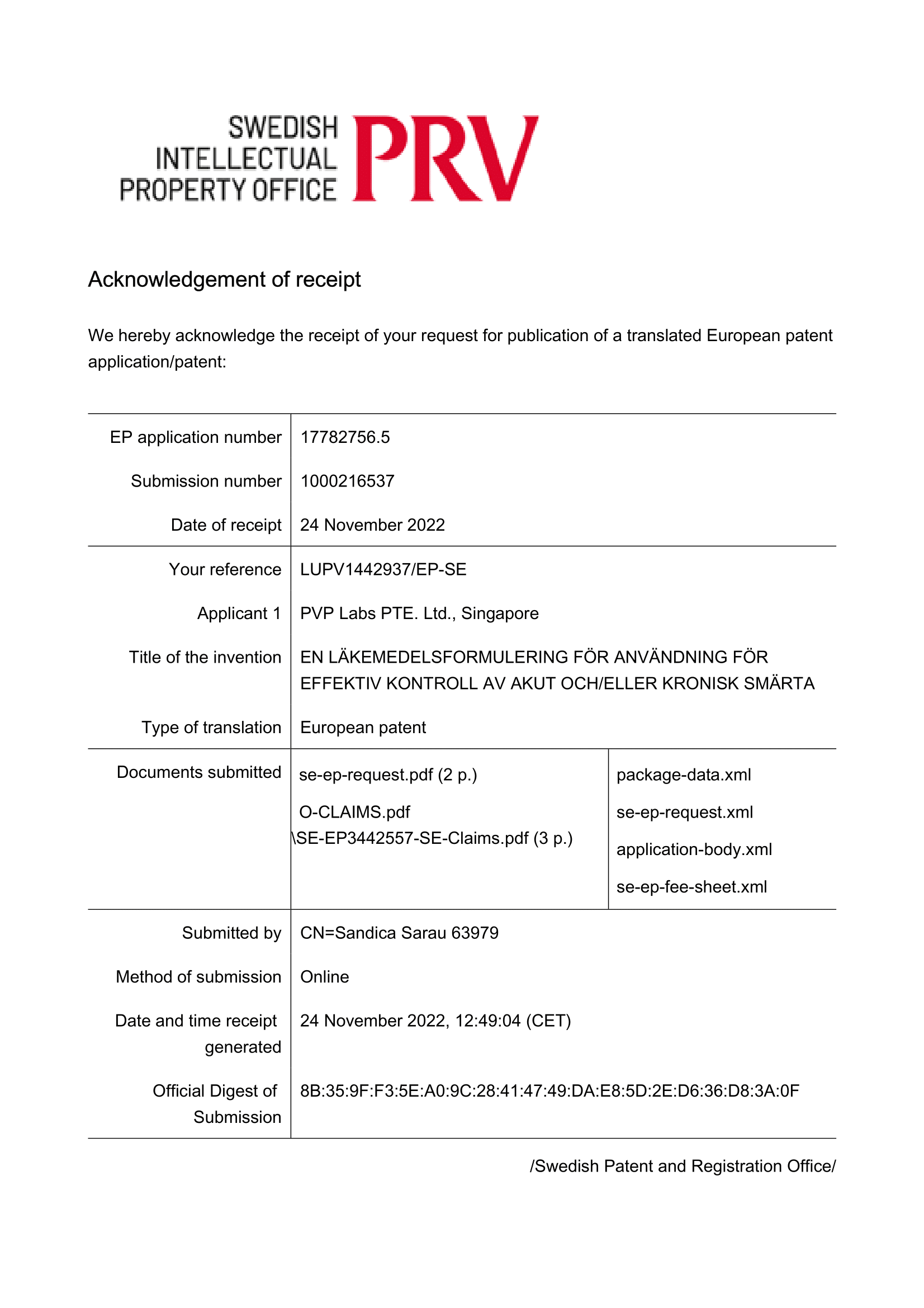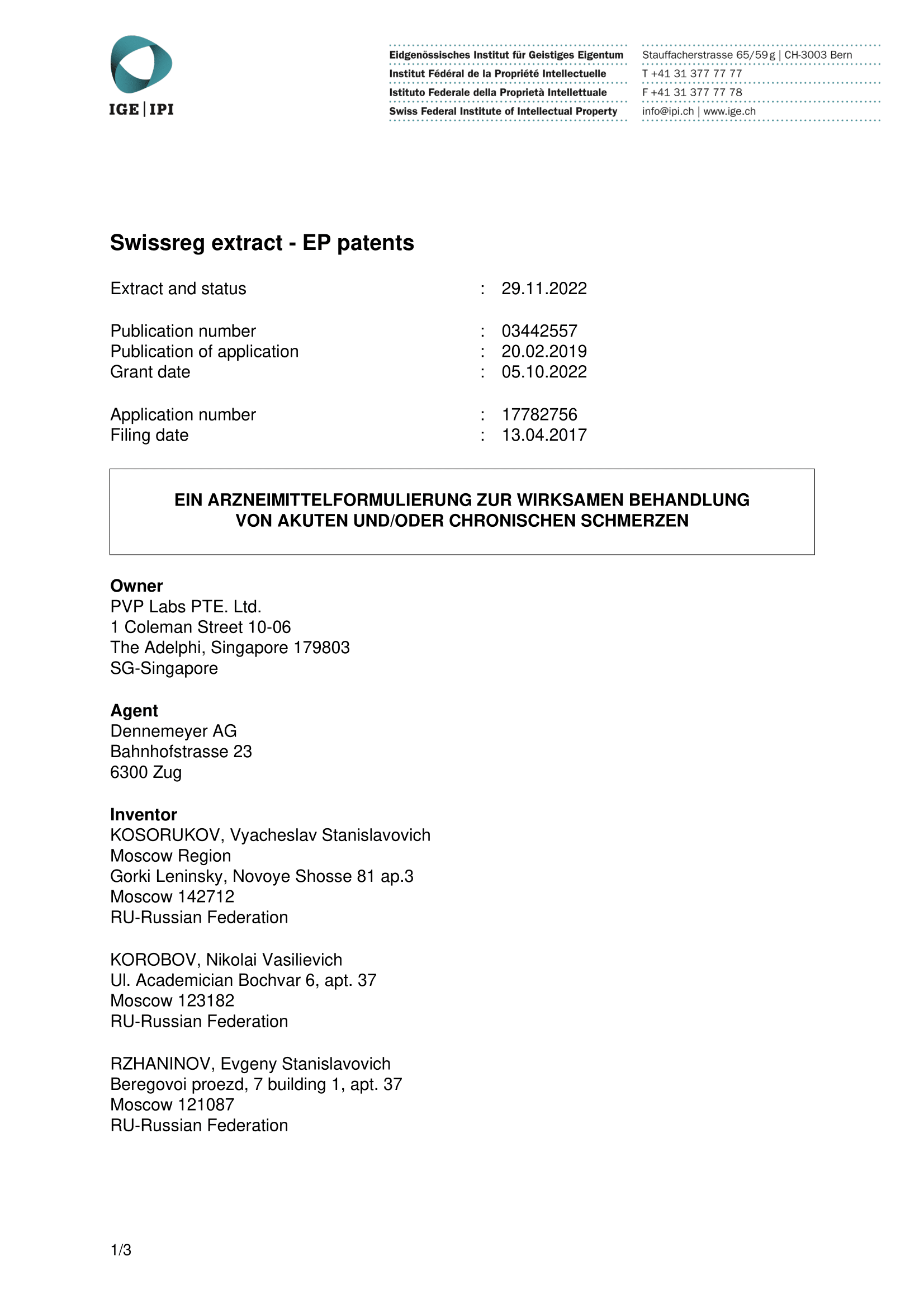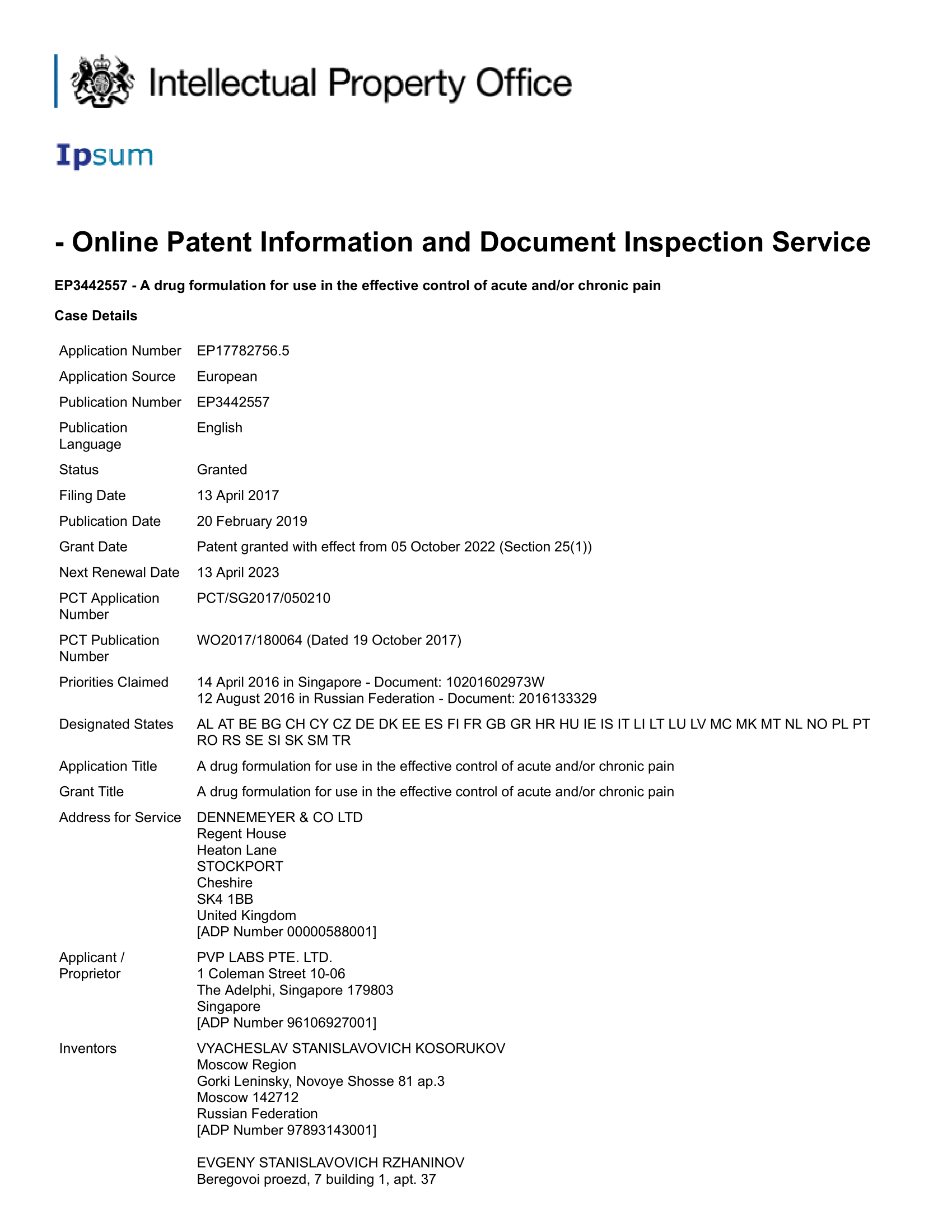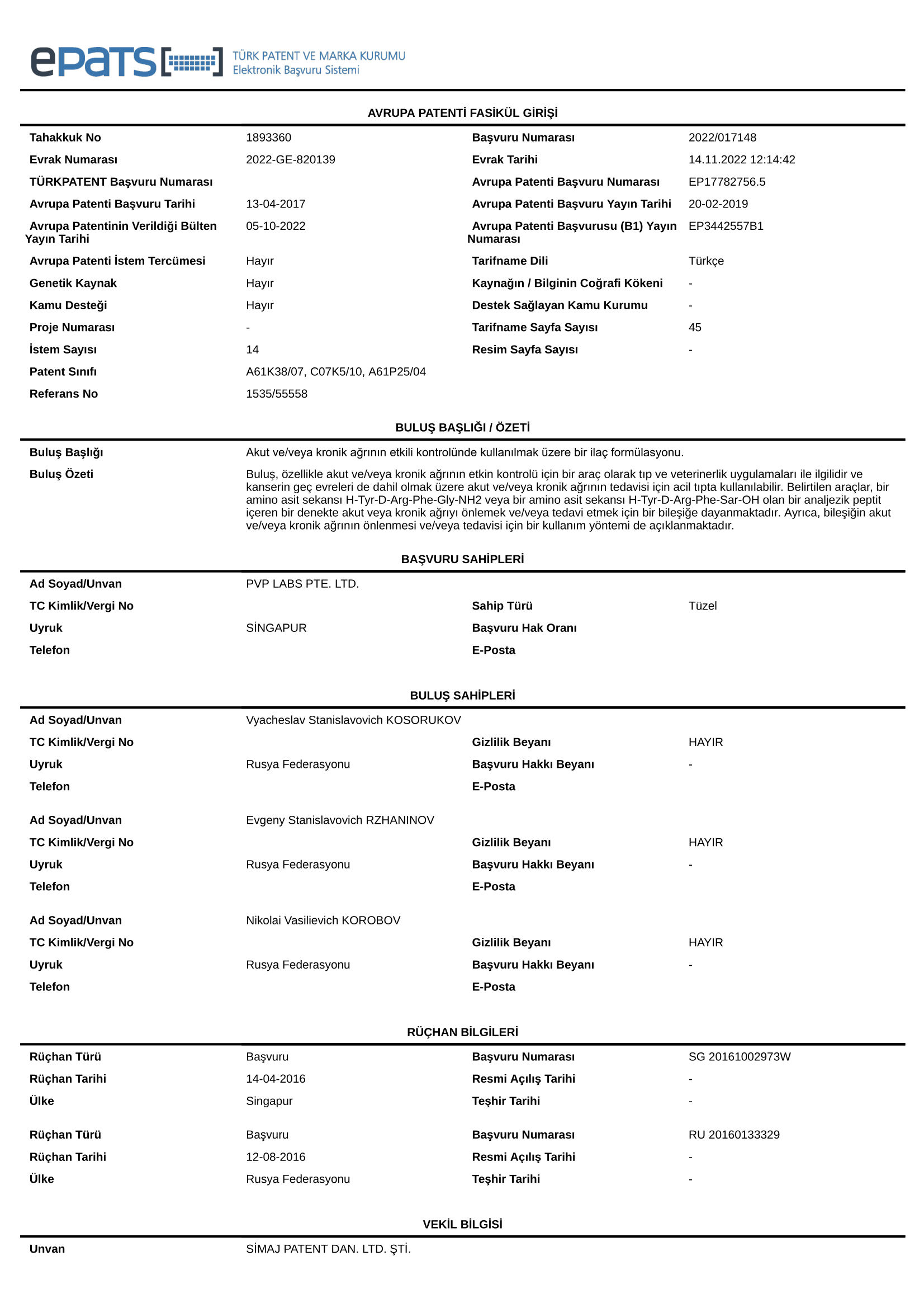Executive Summary
The peptide product Taphalgin targets severe acute and chronic pain and will become a suitable substitute for common narcotic-analgesics like morphine, promedol, and other opioids.
Project Taphalgin is a non-narcotic peptide analgesic with compelling data for treatment of acute, post-operative pain and chronic pain in certain oncological indications.
Other possible indications for Taphalgin are maternal delivery, diabetic pain, neuropathic, as well as addiction therapy.
The product has excellent, comprehensive preclinical data and has successfully completed phases 1, 2 and 3 of clinical trials (in a non-OECD setting).
The target indications are:
Oncology
Burns
Traumatology
Cardiology
Surgery
Post-operative Pain
Taphalgin has strong, scientific and (pre-) clinical data which, for several reasons, makes it likely to become the excellent portfolio addition that many players in the pain management field will find compelling.
-
Taphalgin is a highly selective agonist of MOR1 and has little or no impact on other opioid receptors (MOR2, MOR3, KOR, DOR). Taphalgin has a secondary mechanism of antinociceptive action realized through inhibition of calcium channels.
-
Taphalgin is at least as effective as morphine in treatments of acute or chronic pain.
-
To achieve similar pain relief, the corresponding Taphalgin dose is 3-5 times less than that of morphine.
-
Taphalgin has no narcotic effect.
-
Despite natural metabolism, Taphalgin possesses a pro- longed analgesic effect. Taphalgin has no accumulation effect, and allows receptor recycling of MOR1 after activation, which prevents development of tolerance.
-
Taphalgin can be administered subcutaneously, intravenously or via intramuscular administration.
-
Taphalgin has an excellent tolerability and safety profile, causing only a small number of mild side effects. It has no side effects that are typical of opioids. It does not distress the gastrointestinal system, since it is not a drug of the NSAID group and does not belong to selective COX blockers. It does not affect the kidneys, liver and has no hematotoxicity. The proportion of patients with AE/SAE after receiving Taphalgin was two times lower than in the morphine group. Proportion of patients that discontinued treatment due to the onset of AE was significantly lower in the Taphalgin group, compared to morphine.
-
It is impossible to carry out a chemical modification in order to impart euphorigenic or narcotic activity.
-
Taphalgin has an extraordinary wide therapeutic window. Overdosing is practically impossible.
-
Preclinical trials and clinical phase I/II/III trials demonstrated no withdrawal symptoms, euphoria, dependency or addiction in the treatment of humans for up to 84 days, during twice-a-day subcutaneous administration.
-
GMP-compliant drug substance production technology has been developed, completed and documented.
-
The supply of the API is available in volumes sufficient for clinical trials and commercial use.
Transaction Scope
Taphalgin has been developed by a team of highly-skilled pharmaceutical scientists operating at the forefront of their fields in several different therapeutic areas. The team is concentrated on scientific peptide products development and further research in several fields, namely the development of analgesics, and novel antiviral drugs.
The team has chosen not to engage in conducting clinical development for OECD countries/markets and the corresponding regulatory approval processes.
The team now wishes to partner the proprietary Taphalgin product candidate with capable pharmaceutical development and commercialization partners.
From a transaction perspective, there are several options available:
a) command of pharmaceutical sophistication,
b) access to key markets,
c) expertise in commercialization of new pain technologies and,
d) technology valuation.
Transaction rationale
The inventing pharmacists and scientists are pharmaceu- tical and medical experts at their best. Additional finan- cial and operating resources and capabilities are needed to drive the product development / clinical development in the EU or US and Canada.
Therefore, a partner is sought who can undertake the clinical development and regulatory approval with EMA and/or FDA.
Most importantly, however, the current data set of convincing pre-clinical data and clinical trials may allow for a speedier and fast-track commercialisation without a large clinical development programme.
Сontacts for working with investors
invest@pvp-labs.com


